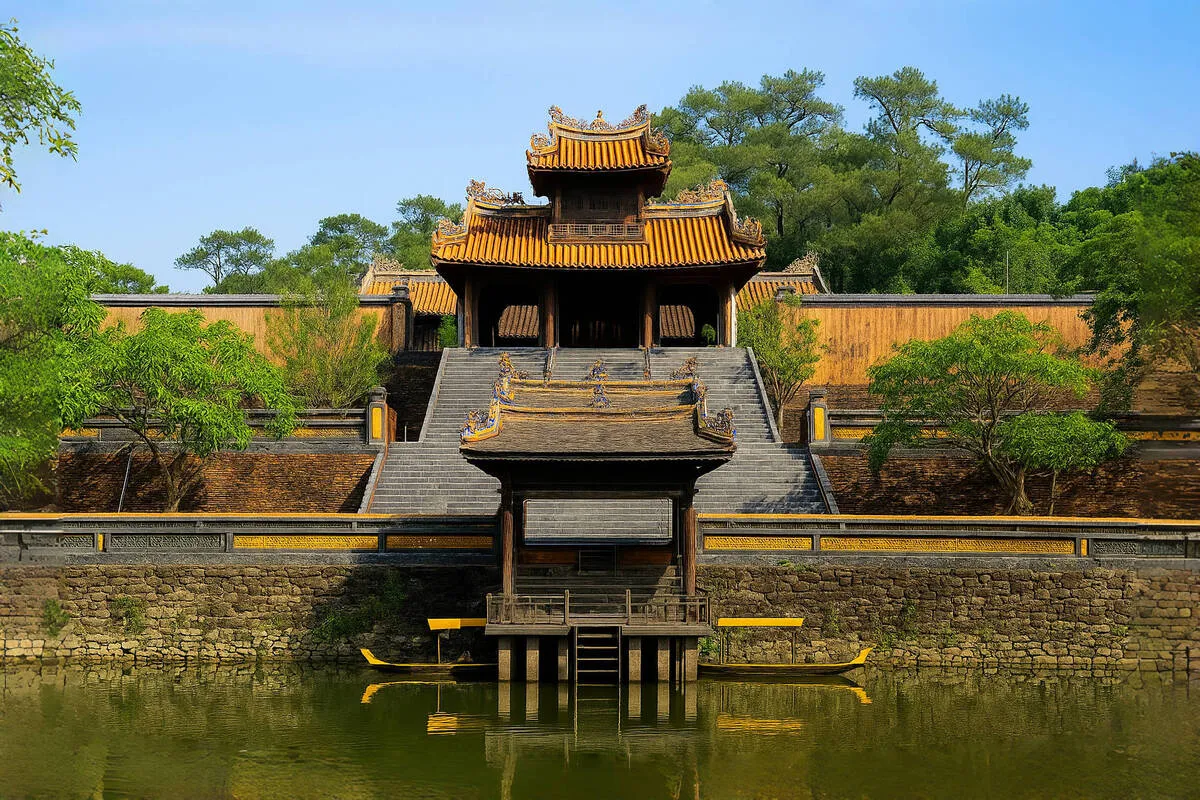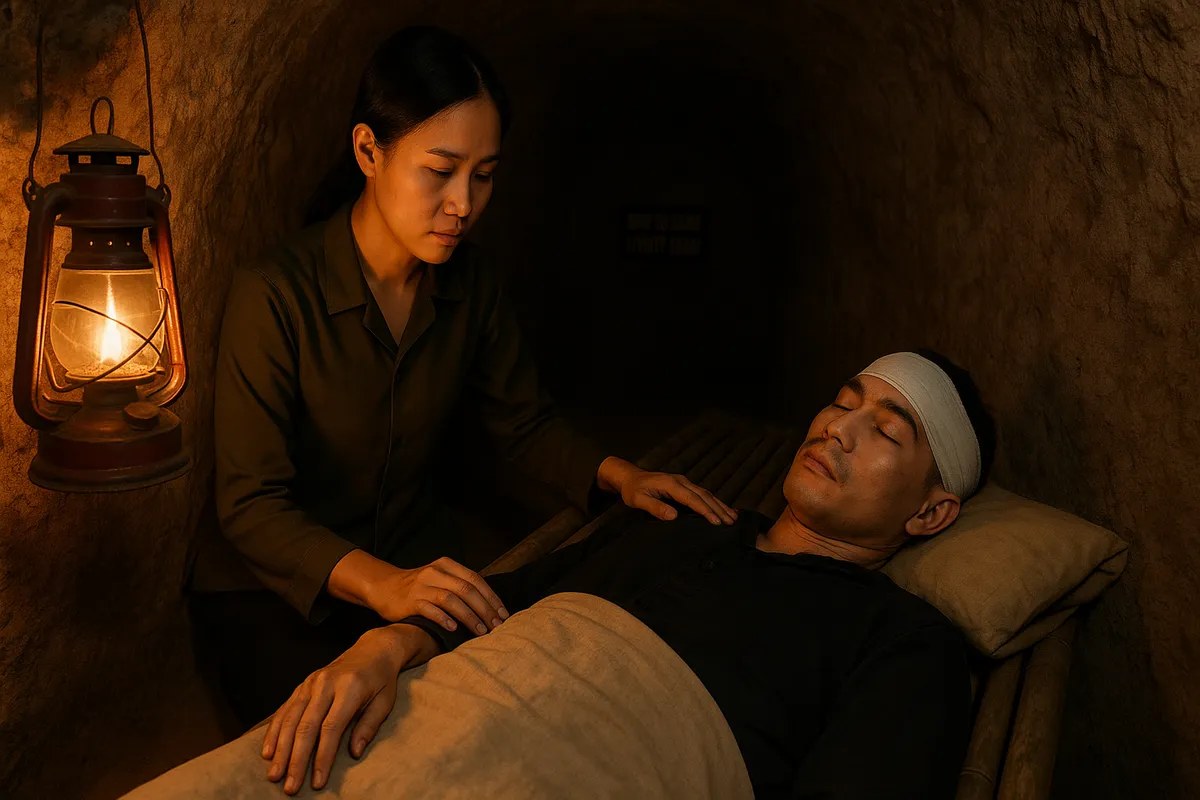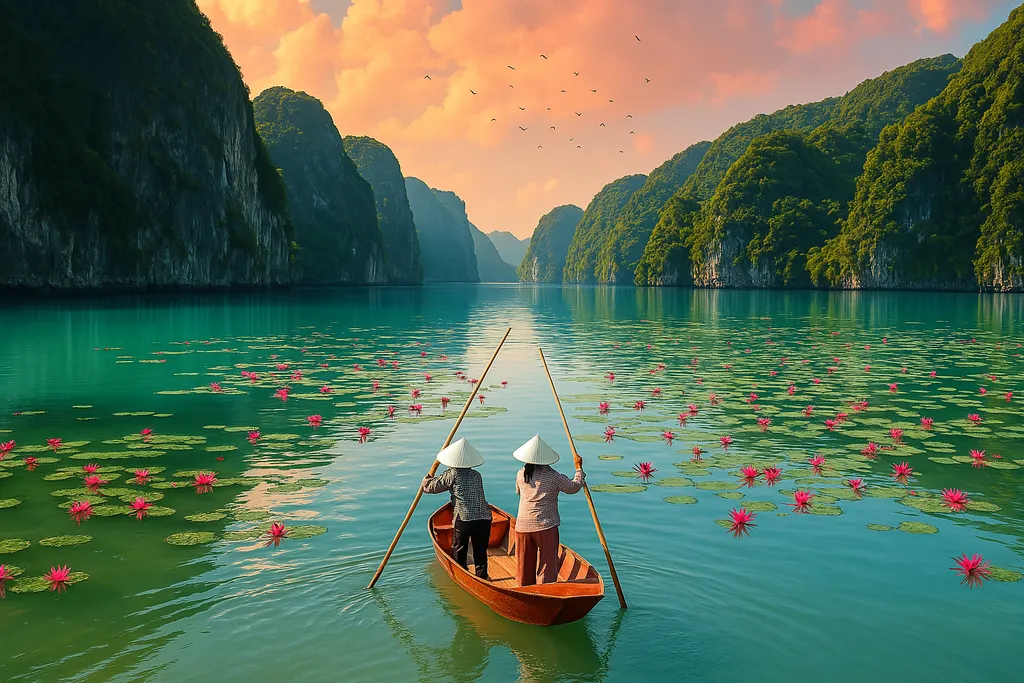Famous lighthouses to check-in with Vietnam sea
- Friday, Jun 13, 2025, 12:23 (GMT+7)
Famous lighthouses to check-in with Vietnam sea
Stretching along the S-shaped coastline of Vietnam, where white sandy shores embrace the deep blue ocean, lies a journey not meant for the hurried but for those who pause to listen to the wind, feel the sun, and breathe in the sea’s rhythm. This is the journey of seeking out lighthouses, not to guide ships but to illuminate the emotions of those who make their way to these quiet, salty, windswept places. Each lighthouse tells its own story, holds a unique atmosphere, and marks a check-in point that every lover of the sea yearns to discover.
Along the South Central coast, Mui Dien Lighthouse in Phu Yen is known as the first place to welcome the sunrise on Vietnam’s mainland. Reaching it requires following small coastal paths, trekking up grassy rocky slopes, and embracing the wind that clears the mind of urban noise. The ideal time is around 4:30 in the morning, with a flashlight and sturdy shoes, as the trail gets steep and slippery at dawn. But once at the top, watching the sun rise from the sea like a glowing pink gem makes every step worth it. Around the lighthouse are cliff edges facing the ocean, perfect for backlit photography that captures a poetic atmosphere.
Moving into Ninh Thuan, Mui Dinh Lighthouse leads visitors into a surreal blend of desert and sea. The route can be taken by motorbike or jeep, but the final stretch involves deep sand, only manageable by experienced drivers. The site is perfect for overnight camping, offering a sky full of stars and complete silence. Though not the tallest, Mui Dinh Lighthouse sits atop a rocky hill right by the sea, offering expansive views of the bay below. For photography enthusiasts, this location is a dream when captured with a drone, combining sand dunes, waves, rock formations, and the lighthouse into one stunning frame.
In the South, Ke Ga Lighthouse in Binh Thuan is the oldest in Vietnam, built in 1899 from layered granite blocks. During low tide, a sand path appears, allowing visitors to walk to Ke Ga Island, though taking a round boat paddled by locals remains the safer option. This spot has been a favorite among adventurers for years, with paths weaving through stone fields and narrow staircases leading to the top of the lighthouse. Travelers often recommend visiting in the late afternoon to catch the golden light pouring through rock gaps, creating a magical glow ideal for portraits.
Heading back to the Central region, Cu Lao Xanh Lighthouse in Quy Nhon is increasingly popular with those seeking both adventure and immersion. The lighthouse stands on Cu Lao Xanh Island, a relatively undeveloped destination with little commercialization. Getting there requires a boat or speedboat from the mainland, followed by a 20-minute uphill walk. From the lighthouse, the island unfolds like a watercolor of sky, sea, scattered rooftops, and smooth pebbled beaches. One unforgettable moment is sitting on the rooftop of the lighthouse station with a book in hand during a quiet afternoon, soaking in a peace rarely found in daily life.
The northern coast may not feature towering lighthouses, but it boasts Hon Dau Lighthouse in Hai Phong, steeped in layers of history. This is one of the rare lighthouses from the French colonial era that remains operational. The island that hosts it once held military significance. The journey involves traveling through Do Son Port, then hiring a boat to the island. What sets it apart is the surrounding primeval forest, something not often seen in other lighthouse settings. The moss-covered architecture and sunlight filtering through the trees evoke a vintage film set. Bringing a camera and experimenting with black-and-white photography here can yield remarkably emotional images.
For those exploring the southernmost tip of Vietnam, Mui Ca Mau Lighthouse is a must-see. Though modest in height and design, it marks the country’s farthest land point, where river, forest, and sea converge. The journey is long and involves multiple modes of transport from Ca Mau City through mangrove forests, canoe rides, and electric shuttles. However, every leg of the route adds to the experience. Travelers recommend visiting during the dry season to avoid muddy conditions and wearing long sleeves to ward off the many mosquitoes in the forested areas. At the top of the lighthouse, gazing toward the western sea evokes a quiet pride and emotion that words struggle to capture.
One little-known tip is to prepare offline maps or save lighthouse coordinates on Google Maps in advance. Mobile signals in many of these areas are weak, and relying solely on internet-based navigation may leave visitors lost. Most lighthouses are still managed by the navy or border patrol, so respectful attire and courteous behavior are essential. Some allow access to the top, while others do not, so checking with locals beforehand is wise.
Checking in at a lighthouse is more than just snapping a photo and leaving. It is a way to connect with maritime heritage, with structures that have silently guided vessels through storms for centuries. Every visitor brings their own perspective, their own story, their own lasting memory. But one thing remains consistent: standing before a lighthouse often makes one feel small in the face of nature and somehow more peaceful, as if the sea has whispered a secret and slowly drawn back into itself.
In the journey of exploring Vietnam’s coast, do not stop at the beach alone. Let the lighthouses lead you to places that seem remote but feel unexpectedly intimate. And when you take that photo beside the beacon, remember that you are capturing not just scenery but a piece of the ocean’s memory.

 CHECKIN.VN
CHECKIN.VN








Share on